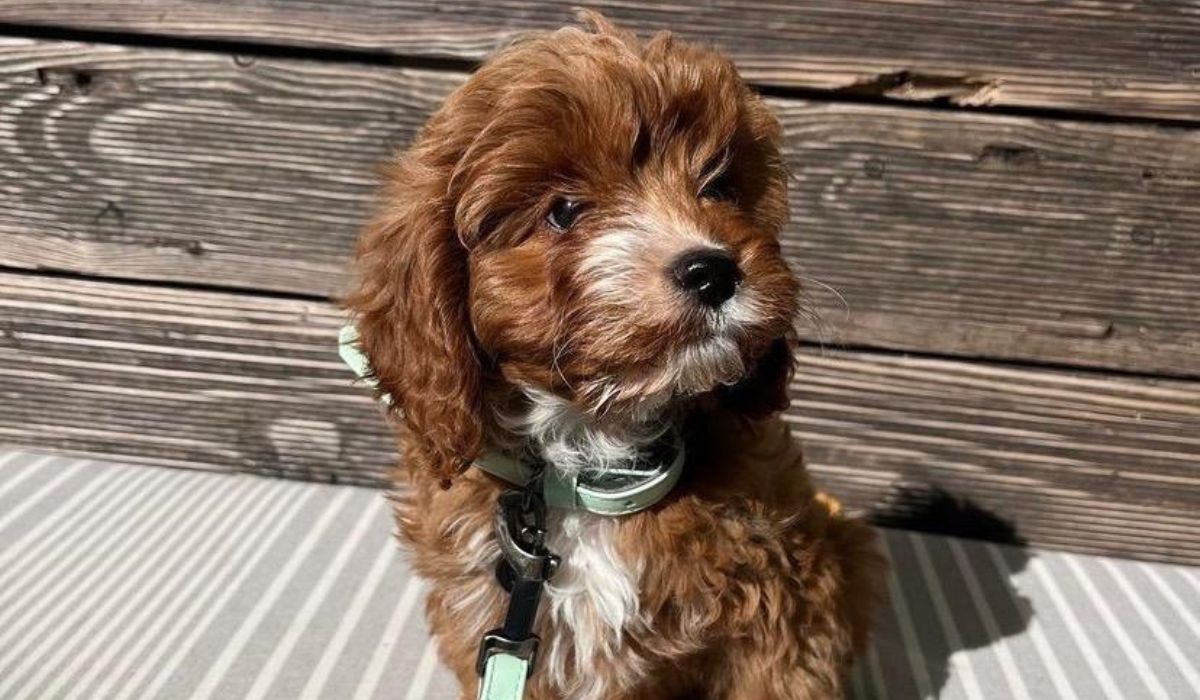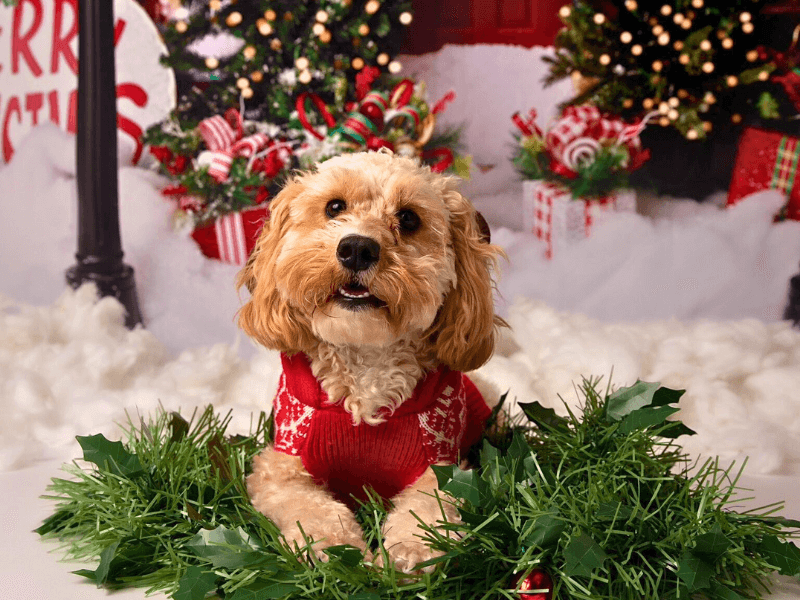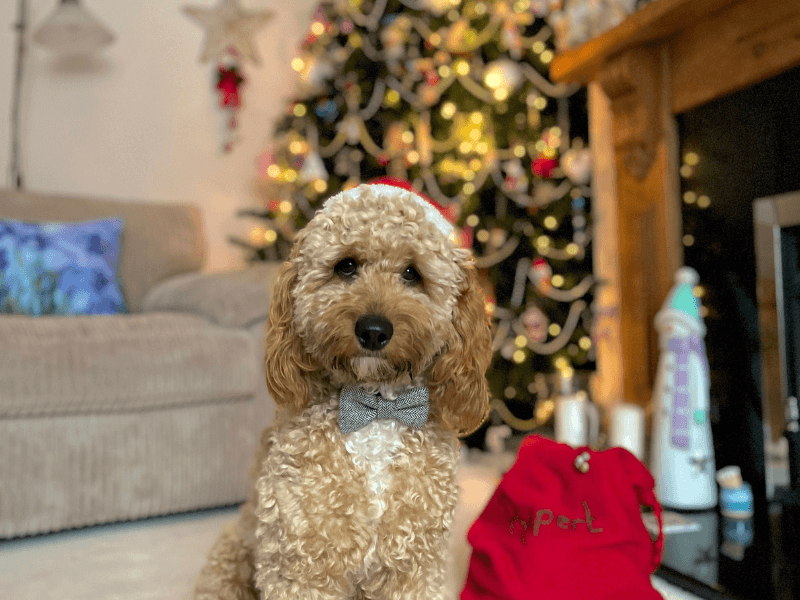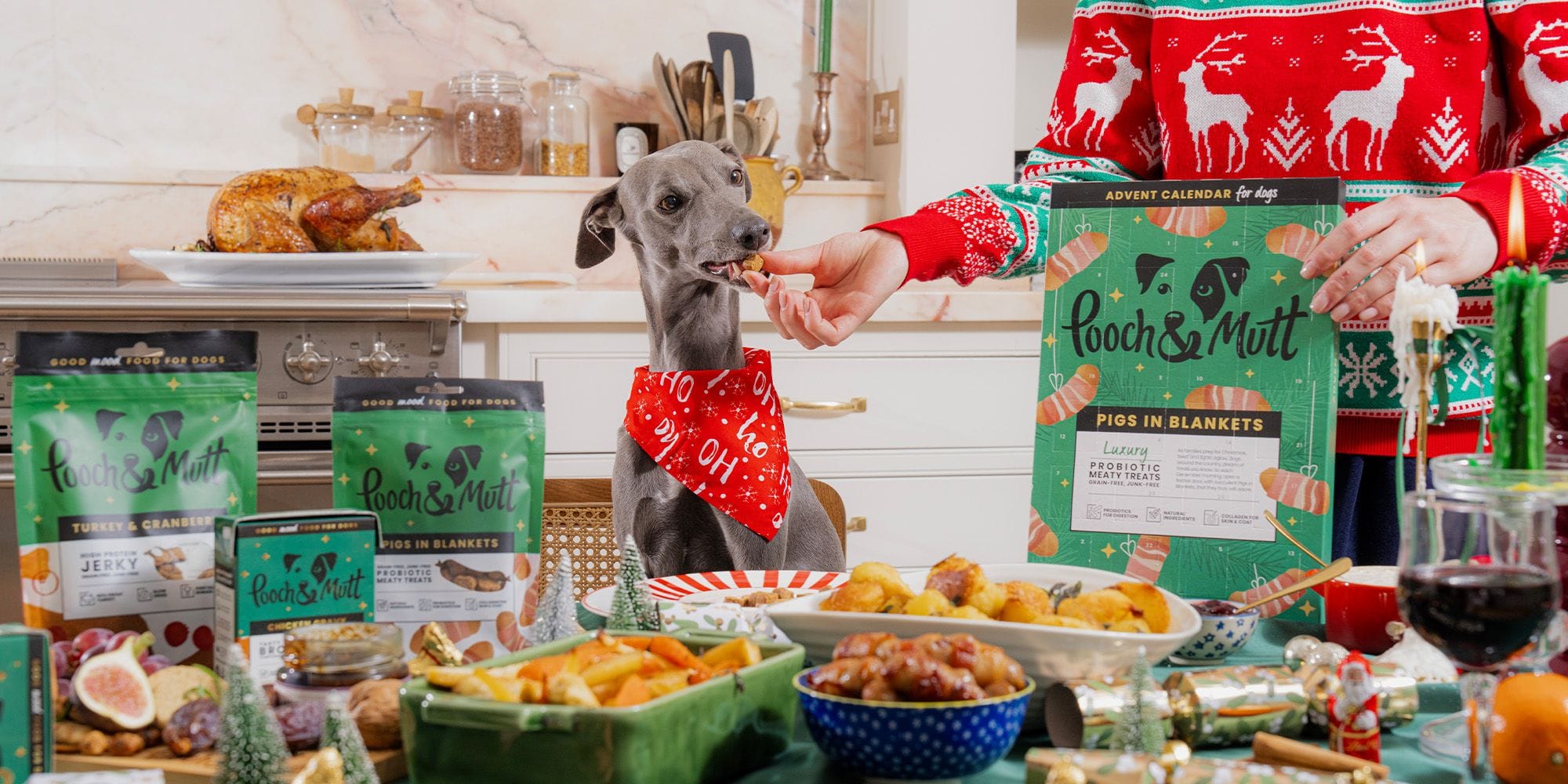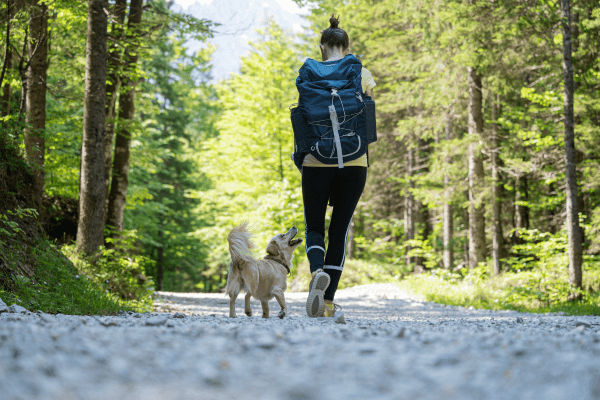Reviewed by Dr Jill McMaster BVM&S MBA MRCVS, Veterinary Surgeon and in-house expert at BorrowMyDoggy on 26 May 2023
Bringing a new puppy home is such an exciting time, and there a few things you may want to get before you new family member moves in.
Gone are the days of welcoming a puppy into your home with just a cardboard box, some old newspapers, and a few dishes that you pulled out of your cupboard. Modern-day dog owners are all about giving their dogs the best and most comfortable lives possible, and the petcare industry has evolved to reflect this. Here are some great items your new canine companion would love:
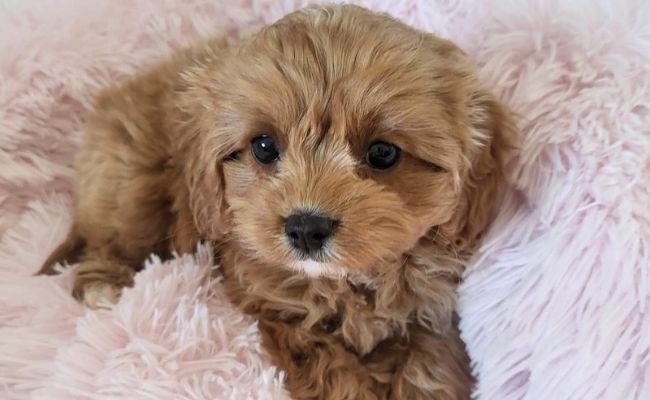
Beds
They may be small now, but puppies will grow, so make sure their bed is going to be big enough and, of course, cosy. Dogs may not be as comfort-driven as cats, but that doesn’t mean that they don’t seek out nice, soft surfaces when it’s time to get some shut-eye. And while we all love our dogs, many of us don’t love finding hair, dander, mud, or slobber on our furniture! If you give your puppy a comfortable, correctly-sized bed, it can reduce the likelihood that they'll sleep on the sofa or in your bed. Giving them a bed that’s their own will help them adjust to their new home by giving them their own special space. We particularly like this luxury soft bed, and it’s nothing to do with the ‘Do not Disturb’ sign it has on the front…
Collar and Lead
A collar and lead set are the first thing your pup’s pals are going to see, so make sure it gives off a good first impression. When choosing a collar, try and make sure it is a good fit and comfortable, and be aware of breed differences. For example sighthounds can often slip out of standard collars, so martingale collars are often a good choice for these types of breeds. Taking them in to the pet shop and trying them on with a shop assistant can be really useful!
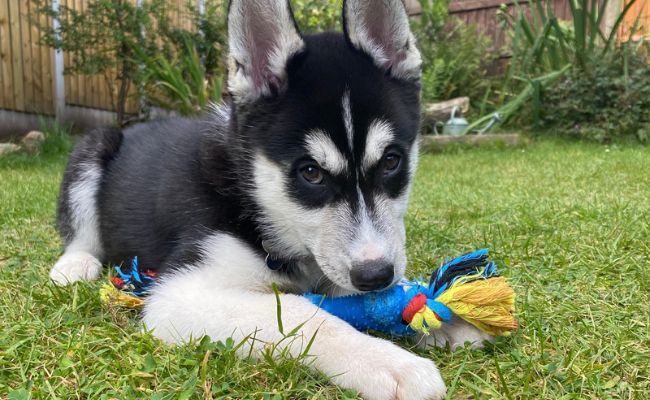
Teething Toys
Puppies are cute, but they can be extremely destructive. Shoes, wooden furniture, houseplants, even floorboards—nothing in a house is truly safe from the eager jaws of a teething puppy. Chewing is normal and natural behaviour for young dogs, so stopping a puppy from doing it isn’t really an option. What you can do is provide them with plenty of high-quality chew toys that they can gnaw on until their heart’s content. When they have a fun, safe outlet for their urges to chew, they’ll be less likely to wreck your belongings.
Toys and teddies
A puppy isn’t a puppy without an endless amount of toys and teddies, right? Get yours kitted out with every squeaking, bouncing, flashing toy there is out there. Our favourite? This soft, squeaky fox puppy toy. And always remember to supervise your pooch with any toys.
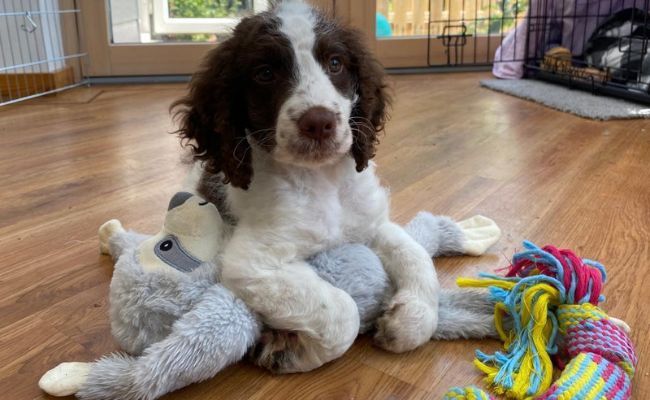
Potty Pads
Hey, when a puppy’s gotta go, they’ve gotta go—an owner can either take them outside to relieve themselves or let them do their business inside. Old-school potty pads are usually fairly effective for catching “doggy deposits,” and can be a useful tool while you teach your pup how to toilet train and go outside to do their business.
Crates
Dogs naturally seek out “dens;” being in an enclosed space often helps them feel safe and secure. Using a crate can be like giving them a bedroom: the crate is a place that they can retreat to for some privacy and “me time” when they’re tired or agitated. As long as you take your time to get your pup used to a crate, you don’t keep your dog locked in their crate for an unreasonable amount of time and the crate is not too small, it can be a valuable tool for training pups and giving them their own safe space. Of course whether you’d like to crate your pup is personal preference and your vet can always help you to decide.
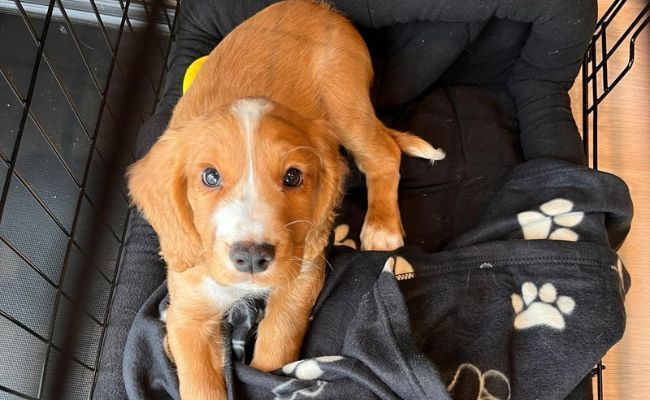
High Quality Dog Food
Our children are given nutritious food so they grow up healthy and strong. Well, the same can be said for young dogs! Feeding your pet great food can put them on a path for long-term health and a high quality of life. Being at a suitable weight, a thick and shiny coat, bright eyes and good quality skin —all of these are characteristics are often associated with dogs on a healthy diet. And because your dog can’t drive to the shops and pick out their own meals, it’s up to you to make good choices for them.
Tasty Treats
A lot of puppies can be food-motivated. Rewards in the form of edible treats can often be the key to reinforcing good behaviour, discouraging bad behaviour, and even trying new tricks. Often with puppies it's better to simply use a bit of their normal daily ration of dry food to help train them, and they will be happy with that reward. Extra treats and snacks should never make up more than ten percent of your dog’s daily food intake, so if you do use treats be sure to not overdo it.
Grooming
Every pup wants to look their best, so regular grooming is key. With thousands of products out there, make sure to get the right one that’s suitable for your pup’s coat. Got a pup with short fur? A standard bristle brush is fine. If your dog has long, flowing locks, you made need something a little more substantial, like this double sided dog brush. Gentle, soft brushing at a young age can get your pup used to the idea of brushing so it isn't scary when they're older. Testing out a short bath can also be useful while they're little, to clean off any muck but also get them used to the idea.
Bowls
A pup needs at least two bowls - one for food and one for water. There are lots of options out there - ceramic, metal, plastic... so have a shop around to find the best one for your pup. Tip: get one with a rubber bottom to stop your pup accidentally pushing it around the floor.
Coats and Jumpers
If you’re getting your dog in winter, or they are quite small a little coat / jumper can be useful. There are lots of super practical versions like this waterproof, mud-proof, fleece lined and washable dog coat.
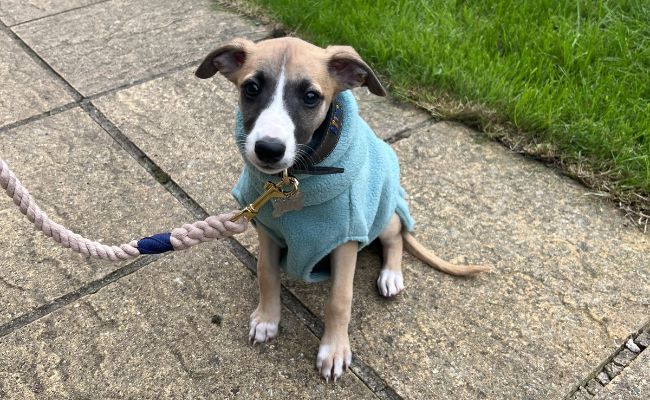
Were you surprised by any of the items on the list? Just remember, if you can provide shelter, a collar, fun toys, and high-quality food that is both delicious and nutritious, then you’re probably going to wind up with a friend—and loyal companion—for life!
